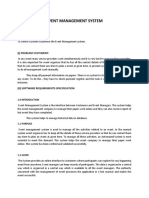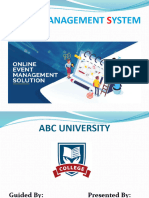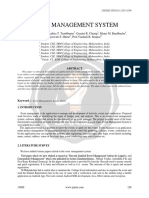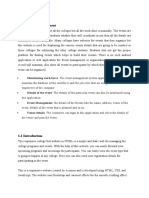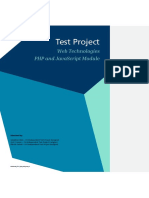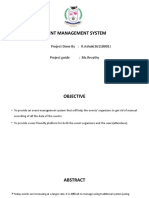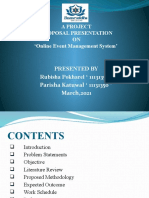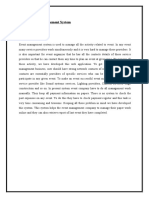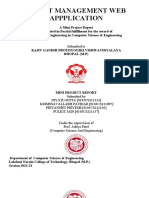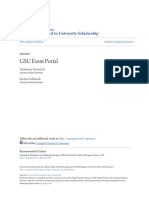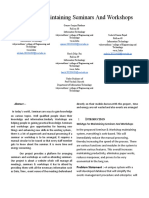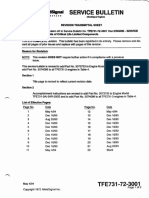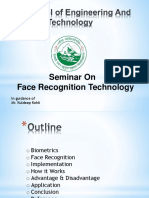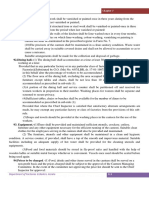0% found this document useful (0 votes)
4 views23 pagesSlide Project
The document outlines the development of an 'Online Event Management System - EventWeb' aimed at facilitating the management and registration of online events. It details the project objectives for both participants and organizers, including functionalities like event registration, management, and reporting. The conclusion highlights the project's achievements, limitations, and future development directions such as payment integration and performance optimization.
Uploaded by
Thành Tín NguyễnCopyright
© © All Rights Reserved
We take content rights seriously. If you suspect this is your content, claim it here.
Available Formats
Download as PDF, TXT or read online on Scribd
0% found this document useful (0 votes)
4 views23 pagesSlide Project
The document outlines the development of an 'Online Event Management System - EventWeb' aimed at facilitating the management and registration of online events. It details the project objectives for both participants and organizers, including functionalities like event registration, management, and reporting. The conclusion highlights the project's achievements, limitations, and future development directions such as payment integration and performance optimization.
Uploaded by
Thành Tín NguyễnCopyright
© © All Rights Reserved
We take content rights seriously. If you suspect this is your content, claim it here.
Available Formats
Download as PDF, TXT or read online on Scribd
/ 23








